In Martindale-Brightwood, where summer days stretch longer and storms grow fiercer, the signs of a changing climate are woven into the daily rhythm of life.
From rising heat waves to flash floods, the community is grappling with challenges that once felt distant but now hit close to home — literally. Understanding these changes is essential to developing strategies that will help mitigate the adverse effects and protect vulnerable populations.
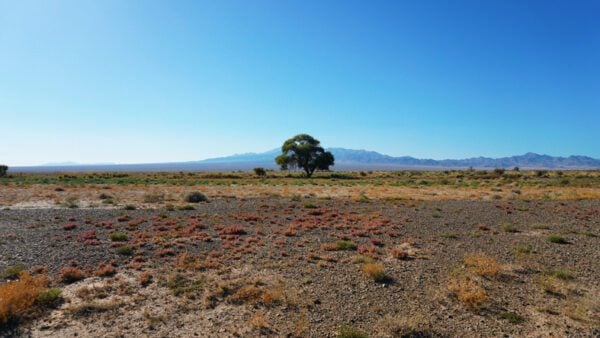
Rising temperatures and heat waves
One of the most noticeable effects of climate change in Indianapolis is the increase in temperature.
According to the Environmental Resilience Institute at Indiana University, Indiana’ average temperatures have steadily risen over the past century. By 2050, average annual temperatures will increase by 5 to 6 degrees Fahrenheit, significantly altering the climate landscape. This may result in more frequent and intense heat waves, which are particularly concerning for urban areas like Indianapolis.
The number of days per year with temperatures above 95°F in Southern Indiana could rise from the average of just seven to as many as 51 days by mid-century.
This drastic increase in extreme heat could lead to higher rates of heat-related illnesses and deaths, especially in neighborhoods like Martindale-Brightwood, where socioeconomic factors and limited access to cooling resources leave residents more vulnerable. The impact is especially felt by the elderly, children and those with underlying health conditions.
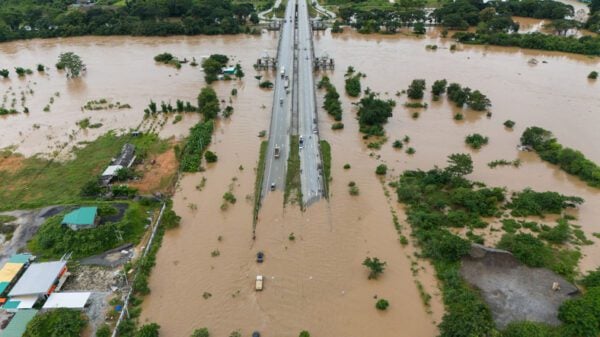
Increased precipitation and flooding
While rising temperatures are concerning, increasing extreme precipitation is another alarming consequence of climate change.
Over the last few decades, rainfall intensity in the region has increased by approximately 14.6%, according to a report from Axios. Warmer air can hold more moisture, leading to heavier rainfall and storms. This has already led to more frequent flash floods, posing risks to public infrastructure, homes and businesses.
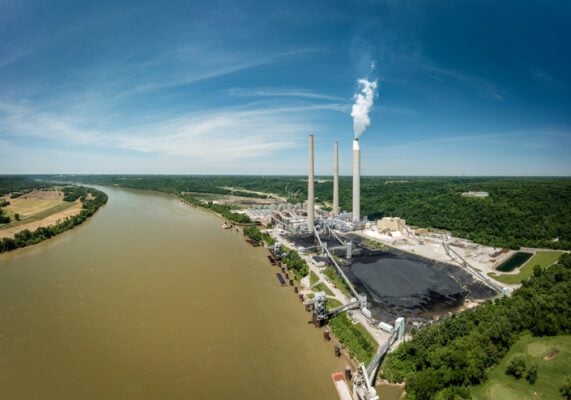
Recent storms in Indianapolis have flooded neighborhoods, including Martindale-Brightwood, damaging property and disrupting daily life. In 2020, for instance, flash floods caused significant damage to local homes and businesses. The city’s stormwater systems are under increasing pressure as these extreme events become more common, and local leaders are exploring flood mitigation strategies, such as green infrastructure, better drainage systems and more efficient urban planning.
The increased frequency and severity of floods also have long-term implications for water quality, as runoff can contaminate local water supplies. This is a pressing concern for low-income neighborhoods, where access to clean water can be challenging.

Urban heat island effect
Like many other cities, Indianapolis suffers from the urban heat island effect, where densely developed areas experience higher temperatures than surrounding rural areas.
Studies show that about 38% of Indianapolis residents live in neighborhoods where temperatures are 8°F higher than in less developed regions. This effect is most pronounced in areas with limited green space, abundant concrete, asphalt and buildings that trap heat.
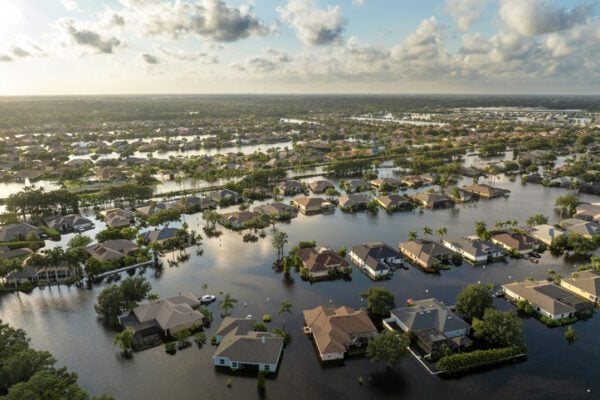
Extended allergy seasons
The changing climate has also extended allergy seasons in Indianapolis, as warmer temperatures result in longer growing seasons for plants that produce pollen.
According to a study by the American Academy of Allergy, Asthma, and Immunology, the freeze-free season has lengthened in the Indianapolis area, leading to earlier pollen production in the spring and a prolonged allergy season. This increase in pollen levels can exacerbate allergies and asthma, particularly for children, the elderly and those with pre-existing health conditions.
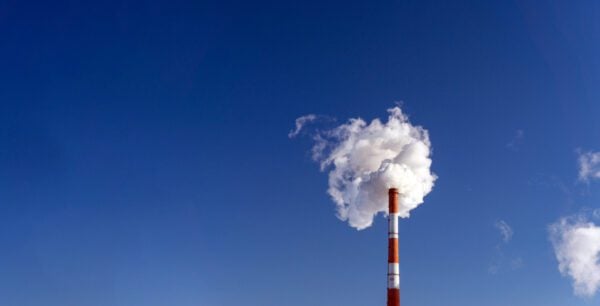
Local initiatives and community resilience
Recognizing the challenges posed by climate change, many communities in Indianapolis, including Martindale-Brightwood, are taking proactive steps to build resilience.
In 2024, the Martindale-Brightwood Quality of Life Plan was updated to include specific strategies to address climate change. The plan highlights initiatives such as improving local green spaces, increasing tree canopy coverage, enhancing community gardens, and promoting sustainable housing practices.

Visit the Environmental Resilience Institute at Indiana University at eri.iu.edu to learn more about climate change impacts in Indiana and local initiatives.
This reporting is made possible by a grant from the Indianapolis African-American Quality of Life Initiative, empowering our community with essential health insights. https://iaaqli.org/
Contact Health & Environmental Reporter Hanna Rauworth at 317-762-7854 or follow her on Instagram at @hanna.rauworth.
Hanna Rauworth is the Health & Environmental Reporter for the Indianapolis Recorder Newspaper, where she covers topics at the intersection of public health, environmental issues, and community impact. With a commitment to storytelling that informs and empowers, she strives to highlight the challenges and solutions shaping the well-being of Indianapolis residents.





